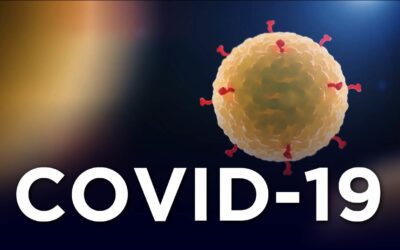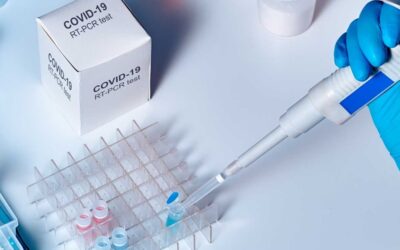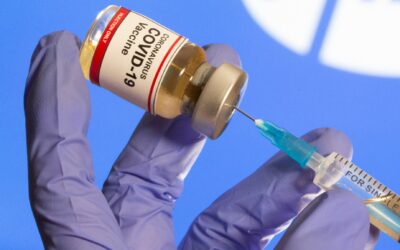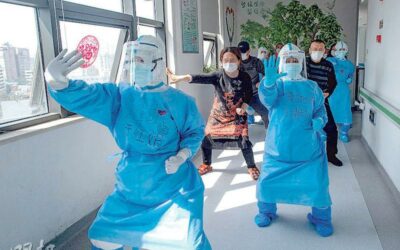Sorry, this entry is only available in 中文.類型: 連結 作者: Carolyn Crist 出處: Medscape 連結:...
admin
疫情下⋯⋯的我們(下)
Sorry, this entry is only available in 中文.類型: 連結 作者: HKUMed 出處: Youtube 連結: https://www.youtube.com/watch?v=wzRY7dbaJ_Q
疫情下⋯⋯的我們(上)
Sorry, this entry is only available in 中文.類型: 連結 作者: HKUMed 出處: Youtube 連結: https://www.youtube.com/watch?v=CRrPd1Bn3LU
Why Not Try Melatonin, Zinc, Vit C? COVID-19 and Pascal ‘s Wager
Sorry, this entry is only available in 中文.類型: 連結 作者: F. Perry Wilson 出處: Medscape 連結:...
COVID vaccine excitement builds as Moderna reports third positive result
Sorry, this entry is only available in 中文.類型: 連結 作者: Ewen Callaway 出處: Nature 連結:...
Some in L.A. are getting COVID-19 tests so they can party, socialize. Officials call this a disaster
Sorry, this entry is only available in 中文.類型: 連結 作者: Rong-Gong Lin II, Luke Money 出處: Los Angeles Times 連結:...
Moderna COVID-19 Vaccine: Interim Data Show 94.5% Efficacy
Sorry, this entry is only available in 中文.類型: 連結 作者: Damian McNamara 出處: Medscape 連結:...
In Those With Obesity, Will Losing Weight Cut COVID-19 Severity?
Sorry, this entry is only available in 中文.類型: 連結 作者: Marlene Busko 出處: Medscape 連結:...
Traditional Chinese medicine compounds regulate autophagy for treating neurodegenerative disease: A mechanism review
Neurodegenerative diseases (NDs) are common chronic diseases related to progressive damage of the nervous system. Globally, the number of people with an ND is dramatically increasing consistent with the fast aging of society and one of the common features of NDs is the abnormal aggregation of diverse proteins. Autophagy is the main process by which misfolded proteins and damaged organelles are removed from cells. It has been found that the impairment of autophagy is associated with many NDs, suggesting that autophagy has a vital role in the neurodegeneration process. Recently, more and more studies have reported that autophagy inducers display a protective role in different ND experimental models, suggesting that enhancement of autophagy could be a potential therapy for NDs. In this review, the evidence for beneficial effects of traditional Chinese medicine (TCM) regulate autophagy in the models of Alzheimer’s disease (AD), Parkinson’s disease (PD), and other NDs are presented and common autophagy-related mechanisms are identified. The results demonstrate that TCM which regulate autophagy are potential therapeutic candidates for ND treatment.
Overview of therapeutic drug research for COVID-19 in China
Since the outbreak of novel coronavirus pneumonia (COVID-19) in December 2019, more than 2,500,000 people worldwide have been diagnosed with SARS-CoV-2 as of April 22. In response to this epidemic, China has issued seven trial versions of diagnosis and treatment protocol for COVID-19. According to the information that we have collected so far, this article provides an overview of potential therapeutic drugs and compounds with much attention, including favipiravir and hydroxychloroquine, as well as traditional Chinese medicine, which have been reported with good clinical treatment effects. Moreover, with further understanding of SARS-CoV-2 virus, new drugs targeting specific SARS-CoV-2 viral components arise and investigations on these novel anti-SARS-CoV-2 agents are also reviewed.







